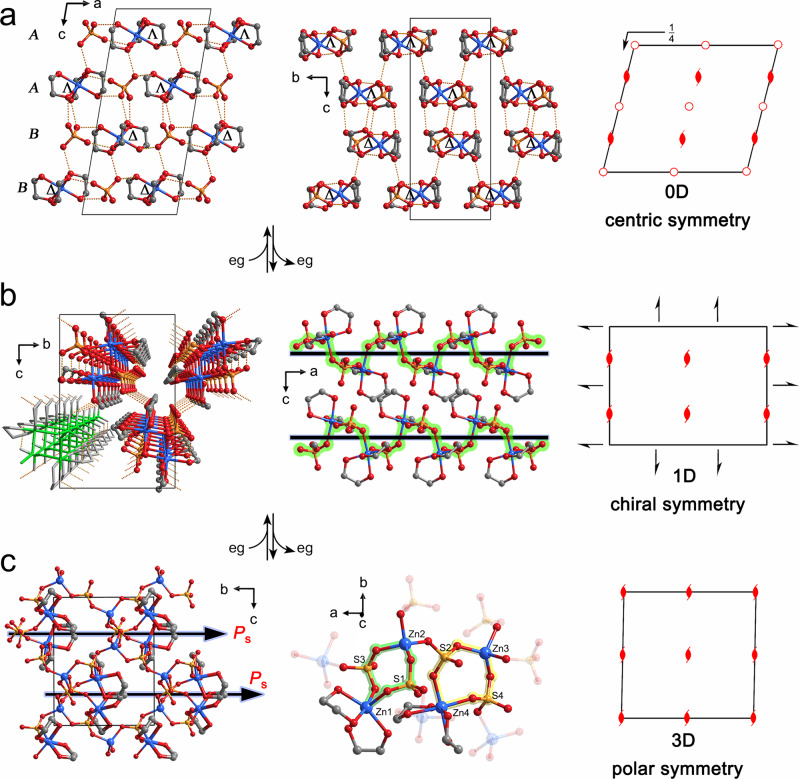Fig. 1. Two-step reversible SCSC transformation associated with symmetry variation.
a The single-crystal structure of 1-0D. In the crystal, the ZnII ions coordinated by three eg ligands in Λ or Δ configurations manifest as discrete metal complexes that are connected by sulfate dianions through strong hydrogen bonds. The complex cations in Λ and Δ configurations are arranged in AABB mode along the crystallographic c axis. b The single-crystal structure of 1-1D. One of the three eg ligands is replaced by two sulfate dianions during the first-step SCSC transformation. Correspondingly, the ZnII ions are linked into 1D helical structures that extend along the crystallographic a axis. c The single-crystal structure of 1-3D. After further elimination of one-third of the eg ligands, the structure transforms into a 3D network with a spontaneous polarization emerging in the crystallographic b axis. The dashed lines denote the O–H···O hydrogen-bond interactions. Zn, blue; O, red; C, gray; S, yellow.

